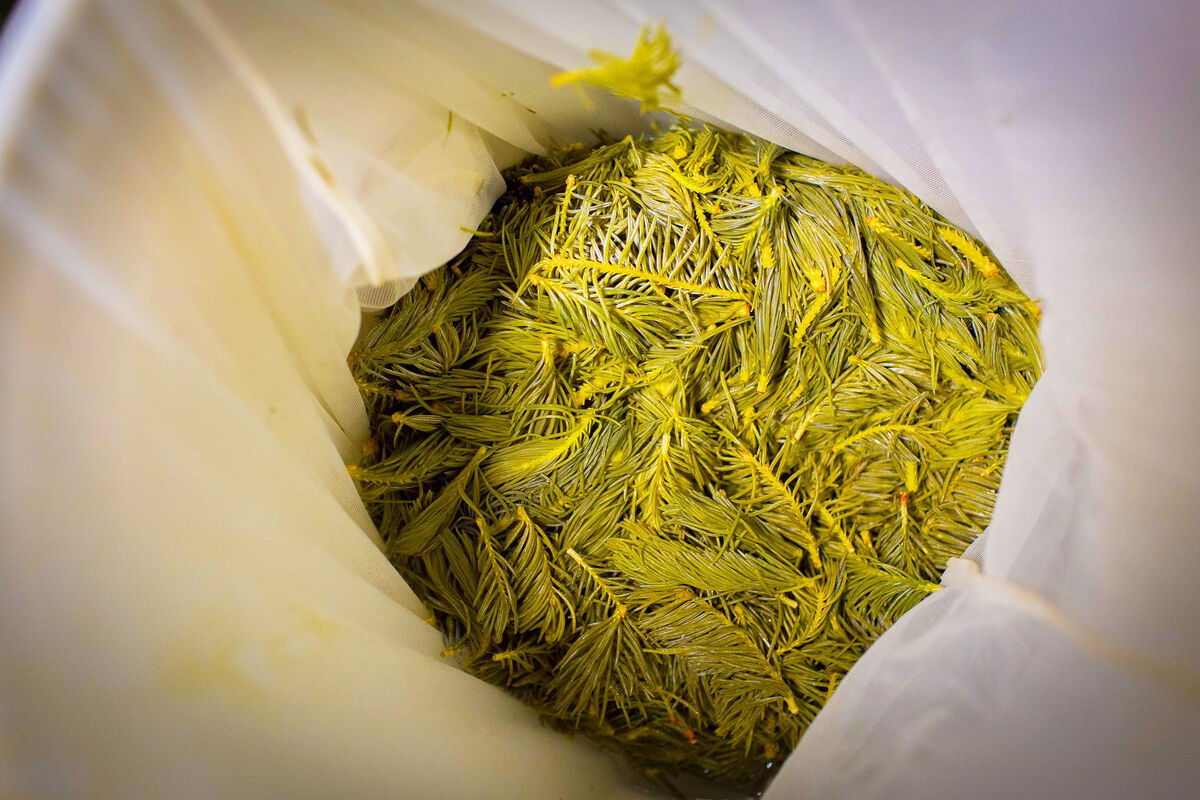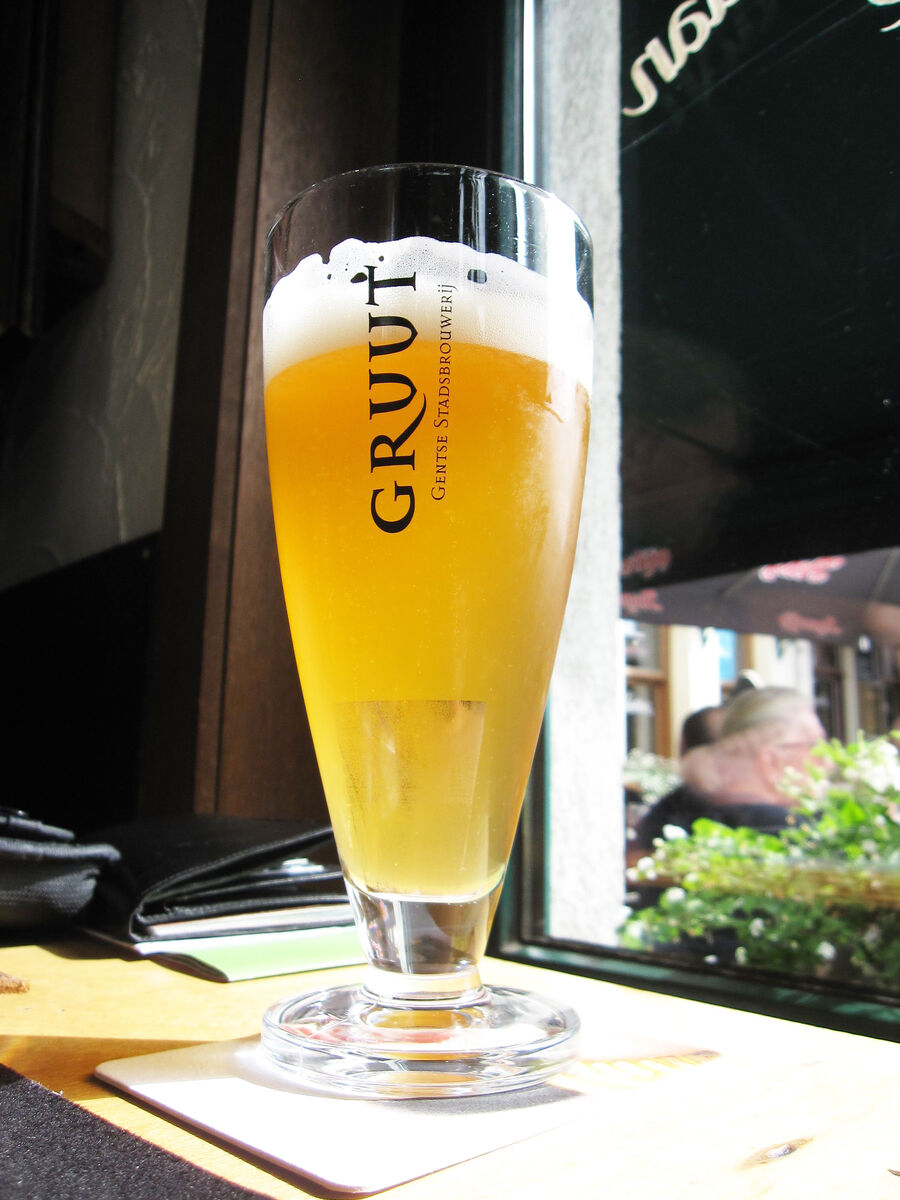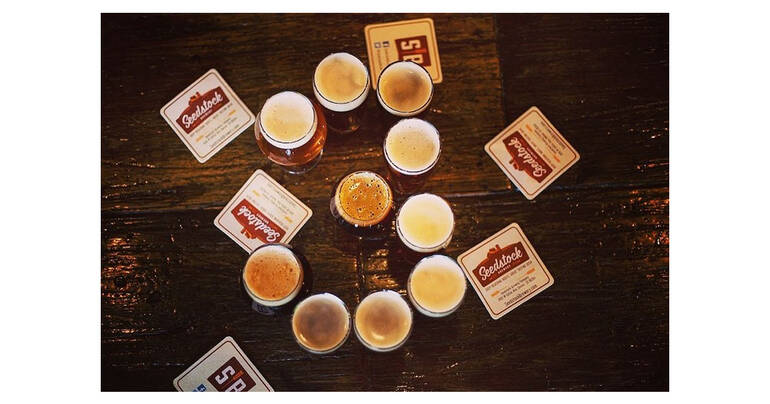Start 14-Day Trial Subscription
*No credit card required

What Is Gruit?
You’ve certainly heard the word “gruit.” You’ve likely seen it listed in the bottom right-hand corner of your local brewery’s tap list. But what is gruit, and why should it be ordered without fear?
Gruit is historically considered a crushed mix of herbs, prepared in a kettle, which performed much the same role as hops in the early days of brewing – flavoring, bittering and preservation. It is also thought to have aided and invigorated fermentation and helped to darken the color of the wort.
Having existed in various forms for thousands of years, gruit held court when the mandated use of Humulus lupulus was but a green gleam in Duke Wilhelm’s eye. These days, the term refers to most beers brewed without hops; loosely classified as a “gruit style” ale. It should go without saying, but “gruit” has nothing to do with Groot, Stan Lee’s extraterrestrial tree monster popularized by the Guardians of the Galaxy series.

Photo Courtesy Flickr/Ken Bosma
What It’s Made Of
Given its catch-all nature, gruit can be made from a wide variety of herbs, often dictated by what is available, as well as the whim of the brewer. There’s a lot of room for experimentation. However, the historical origin of gruit is largely attributed to an area encompassing the Netherlands, Belgium and western Germany. The most commonly cited ingredients used in this region were yarrow, myrica gale (bog myrtle), wild rosemary and laurel, all of which were readily available, either to be harvested or traded for. “Laserwort,” also known as “silphium,” is widely cited, but its classification is unknown, and it is thought to be extinct. Theories include overconsumption, desertification or hybridization. Pliny the Elder reports that it sold at the same rate as silver, and you could tell if sheep were grazing on it because they would immediately fall asleep. The last known stalk was shipped as a curiosity to Emperor Nero, who presumably fiddled with it.
At any rate, to limit gruit’s definition to these few ingredients would be an oversimplification. You could just as easily find mugwort, ground ivy, heather, juniper or horehound present, along with even more piquant adjuncts like salvia, ginger, nutmeg, cinnamon, mint, aniseed, caraway seed and endless more.
There is historical evidence that gruit encompassed more than just herbs. These broader definitions included wood, resin, peat and grains, which could fill various roles in the brewing process.
On the grain side, “malt porridge,” extracts, syrups, spelt and oat are theorized to have been common constituents. Chaff and grain husks are thought to have served as yeasty fermentation kickstarters. Bear in mind that what would have been used was largely dictated by region, time, trade, and borders – geographical and political. As always, brewers made do with what they had on hand.

Photo Courtesy Flickr/Allagash Brewing Co.
Gruit Trippin’
Psychoactivity was a common theme of gruit ingredients, and that is not believed to be a coincidence. Humans are good at sniffing out anything that can carry them an extra furlong off the deep end, whether for religious purposes, or merely to cut loose and win the blotto lotto. Effects could range from narcotic, psychotropic, aphrodisiacal… or all three.
Nothing has really changed here – hops too, are sedative, and were undoubtedly used in tandem with many of the ingredients listed above. The distinction of “hops” or “no hops” is largely due to political and physical geography compounded over time. There are climates in which hops grow, and others where they do not, such as arctic regions. The use of gruit substitutes like spruce tips in areas like Alaska would be the default brewing agent until rapid transportation of hops could overcome such obstacles. Likewise, Church and State would place manmade restraints on hop substitutes.

Photo Courtesy Flickr/Bernt Rostad
The Gruit of All Evil
As societies organized and competed, so too did power structures. Commodities were monopolized, including the constituent ingredients of gruit. There are ample records of gruit houses, which stored and sold gruit, and evidently raised prices to an exorbitant degree. An account from the eastern Dutch city of Arnhem recommends that one should “Get gruit or herb elsewhere than the city gruit house.” This points to both raised prices and the fact that gruit was not synonymous with herbs alone. Again, it was quite likely mixed with wood, peat and/or grain elements. As with all things gruit, the lines blur.
Gruit’s fall from grace went hand in hand with the Protestant Reformation as well, which valued temperance over “Catholic indulgence” of the time. Royals, merchants and Protestant reformers came together over the centuries to topple the Church’s financial monopoly, giving way to a unified definition of beer set forth in the Reinheitsgebot, and drastically reducing the prevalence of herbal beers. The effects are still evident now, centuries later.

State of Gruit
These days, gruit is seeing a bit of a renaissance, but remains quite underrepresented given the near endless limits to creativity offered by agents outside the realm of hops. As mentioned, historical precedent is the largest factor. Beer has simply become synonymous with hops.
But history is bound to repeat itself. Hop-forward beer dominates the market, and will continue to do so, but such dominance breeds complacency and a lack of creativity. It’s hard to imagine what the next quantum leap in hop experimentation will be, if there is any major ground left to be uncovered. Dominance of a certain style and creative mode also creates gaps in the market. It is quite possible that an enterprising brewer could alchemize some combination of herbs and spices in their garage that splits the atom of the beer market. It only took Colonel Sanders 11 of them to create a global chicken market from Armenia to Zimbabwe. Colas and “root beers” have massive appeal. “Not Your Father’s Root Beer” took the beer world by storm just a few years ago. Perhaps it’s time we stopped being chicken and got back to our gruits to create America’s next great global export.




Comments